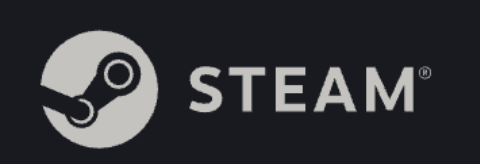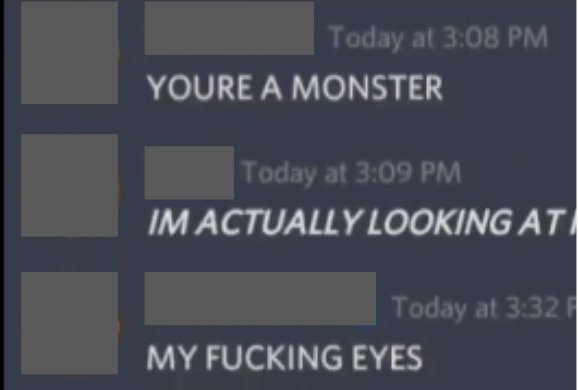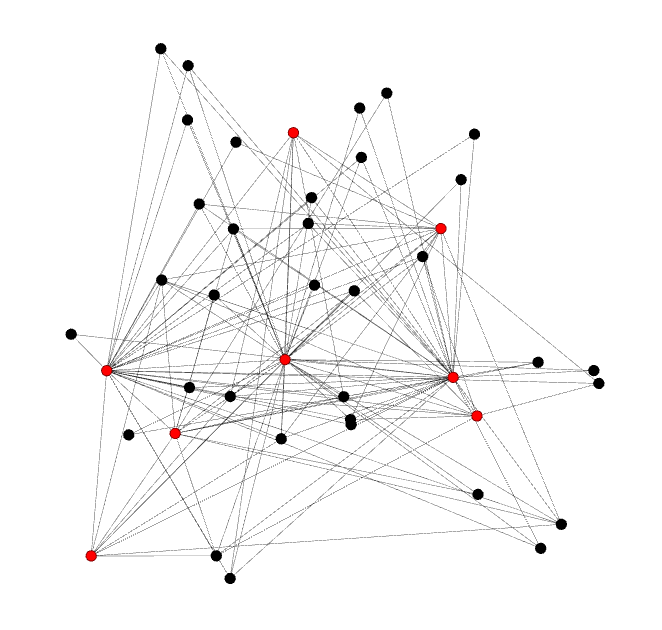OSINT 🧵: A method @AricToler, @riley_mellen, I and others used to find sources in our recent coverage of Jack Teixeira (JT). This piece didn't quote members of Thug Shaker Central (TCS), because it focused on JTs posts on another Discord server, but...
nytimes.com/2023/05/06/us/…
nytimes.com/2023/05/06/us/…
... we still spoke to members of TCS for it. To find new members, we started with JT's and other members of TCS's Steam accounts which we knew from prior reporting, incl looking for Discord users on Steam. We had Discord usernames from screenshots TCS members released themselves: 



Then, using a website that archives Steam, we got lists of each of their current and friends and plotted a network graph, where nodes are Steam accounts and there are edges between our starter set of accounts (red nodes) and each of their friends. Names removed for privacy. 



We focused on Steam accounts that were friends with a high number of our starter accounts (remember the starter accounts belong to users we had reason to believe were in TCS at some point or other) and then looked for the person behind these Steam accounts on social media 



This turned out to be a pretty good method for finding members of TCS! Also ChatGPT sped up making the network graph 👇 

• • •
Missing some Tweet in this thread? You can try to
force a refresh

 Read on Twitter
Read on Twitter



